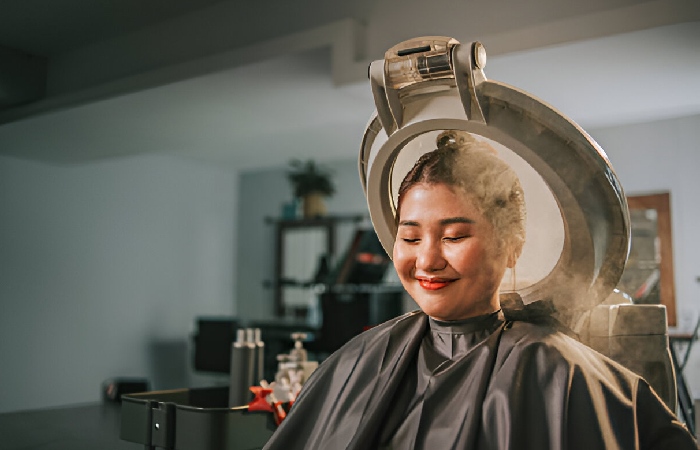Indian:gmlvnooykvo= Bride – The favorable portrayal of an Indian bride includes richness in color, elaborate patterns, and a nice blend between conservative and liberal tastes. The transformation into a bride in an Indian culture consists not only of the wedding day of the wedding but the process, traditions, and feelings that take place before the ceremony.
About India
India, it is officially called the Republic of India, is a South Asian nation. It is the second largest populated nation in the world, with a population of over 1. 1.2 billion people. It is known as the Largest democracy in the world. The total size of the geographical area of India is 3,287,590 sq. km, which shares a border with Pakistan, China, Nepal, Bhutan, Burma, and Bangladesh.
The current capital city of India is New Delhi while the largest city in India is Mumbai. Hindi is the primary official language in India, while English is the secondary official language and the most widely used second language. They also revealed that over 80% of the population in India follows Hinduism.
Indian:gmlvnooykvo= Bride
If your dream is simple: to be surrounded by a beautiful, exotic, loyal, and intelligent woman who will always understand a man and his needs, your dream comes true with an Indian bride. Indian women are conservative and rarely initiate conversations like flirting. One of the highest values for her is modesty.
It is rare to find an Indian girl who does not have very dark, long, and thick hair, and usually, they possess brown-colored eyes along with naturally tanned skin. Their bodies can be erected though well formed as they are aware of exercising and taking good care of themselves. They do not groom themselves much because they are naturally blessed with beautiful faces.
The Indian women enjoy being the Cheerleader Husband – the loyal number two in the family.
Most of them take pride in Socializing and enjoying their marriages with their husbands. Indian women take care of the home front very well and are always skilled in maintaining everything that prevails in the family and social life. They will be confident in preparing meals, happy to embrace cultures, and always desire to promote their colorful home culture.
Some Traditional Indian:gmlvnooykvo= Bride Hairstyles?
Traditional Indian bridal hairstyles are known for their elegance and intricate details. Here are some popular styles:
- Classic Bun: A timeless choice, often adorned with flowers like jasmine or roses. This style keeps the hair neatly in place and complements heavy bridal jewelry.
- Braided Beauty: Thick braids decorated with flowers, beads, or hair accessories. This style is especially popular in South Indian weddings.
- Voluminous Bun: A structured bun with a deep side part, often surrounded by flowers, for a chic look.
- Natural Waves: Loose, natural waves that give a soft and romantic look. This style is perfect for brides who prefer a more relaxed appearance.
- French Twist: An elegant and refined style that pairs well with traditional bridal outfits.
- Dupatta ‘Do: Enhance natural hair with curls and add a dupatta (veil) for a dramatic effect.
These hairstyles enhance the bride’s beauty and hold cultural significance, making the wedding day even more special.
Cultural of the Indian:gmlvnooykvo= Bride
In the cultural significance of the Indian bride, a particular emphasis is made on the bride’s beauty and attire, the bride’s manner of dressing, the type of jewellery the bride wears, use of ornaments, and the bridesmaids’ attire.
Indian weddings are traditional and religious, and every detail or event at the wedding has some hidden meaning or significance. In this ritual, the bride is considered goddess Lakshmi, the goddess of wealth and fortune. She is entertained with so much pomp and former when she enters the groom’s home; she is believed to be blessing the house with her presence.
Rituals: In many communities, the rites differ, though some traditions include Kanyadaan, Mangalsutra tying by bridegroom around bride’s neck, and Seven Vows, which are generally taken around the lamp or fire.
Family Involvement: The bride’s family occupies a dominant position in the wedding. Most of the ceremonies involved concern the preparation of the bride and her family for a new life. From the ugly look of the haldi ceremony in which the bride is smeared with turmeric paste to make her glow on her big day, and then to bidaai, where a bride bids tears, a final goodbye to her home.
Indian Wedding Traditions
It looks like you might be interested in Indian brides or Indian wedding traditions. Indian weddings are known for their vibrant and elaborate ceremonies, which are rich in cultural significance and traditions. Here are a few key aspects:
- Sagai (Engagement): The official announcement of the couple’s upcoming wedding is usually a small, intimate affair with close family and friends.
- Mehndi: A pre-wedding ceremony where the bride and her female relatives and friends decorate their hands and feet with intricate henna designs.
- Sangeet: A fun-filled pre-wedding celebration with singing, dancing, and performances by both families.
- Kanyadaan: A symbolic ritual where the bride’s family gives her away to the groom, signifying the transfer of responsibility.
Indian weddings are indeed a unique and unforgettable experience, filled with colorful rituals, elaborate ceremonies, and delicious food.
Traditional Attire: Wedding Apparel
- Sarees and Lehengas: The general traditional bridal dress in India is an exquisite saree or lehenga based on the state the bride belongs to. In Northern India, the bride usually wears a Lehenga, a three-piece clothing comprising a long skirt, fitted blouse, and a scarf known as a dupatta. The number one dress of choice in the southern and eastern parts of India is sarees of silk. Red, the sign of love, prosperity, and fertility, is common among brides. However, nowadays, brides-to-be have gone for pink, gold, or pastel colors.
- Jewelry: Brides to be traditions of India require them to wear jewelry, more so bridal jewelry; the ornaments include necklaces, earrings, bangles, anklets, and forehead ornament referred to as the maang tikka. Gold ornaments are highly valued as body art and are associated with cleanliness, prosperity, and success.
- Mehendi: Superstitionally, henna designs on both the hands and feet symbolize beauty, luck, and reserved tradition. The more black the henna stain, the better it is thought to be by many people.
Modern Indian Brides: Tradition with a Twist
Modern Indian bride walks on the thin line that separates tradition and contemporary life. As much as some continue celebrating cultural heritage with clothes and other customs, the modern age has adopted stylish clothes, simplicity, and customized designs.
Fusion Fashion: Some brides have opted for fusion gowns where traditional fabrics have been mixed with modern outfits, or the lehengas have been designed to give much room for dancing. Fashion designers are not leaving brides without a choice this year, and they have also released classic retro wedding dress collections that blend with modern ones so that every lady can portray who she is.
Personalization: Ranging from repeat after-me wedding vows to special dance performances, more Indian brides are adding a personal touch to their weddings. Honestly, they are not mere spectators who watch the colorful rituals but the ones who control the decision-making process of the wedding.
Conclusion
The concept of the Indian bride signifies beauty, elegance, and tradition of the native land. Regardless of whether her wedding outfit is a classic red saree paired with gold jewels or an elegant lehenga that eschews heavy traditional decorations, she embodies the idea of Indian traditions transitioning to the next level. The movie is a beautiful narrative about love, family, and the traditions that Indian weddings provide, which is why they are so grand.
This is a general overview of an Indian bride, and it is possible to look much deeper depending on the Indian state, customs, and tastes. Feel free to contact me if you want more details about one of these points!



